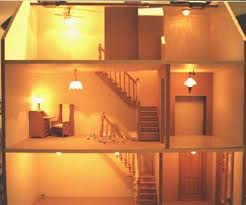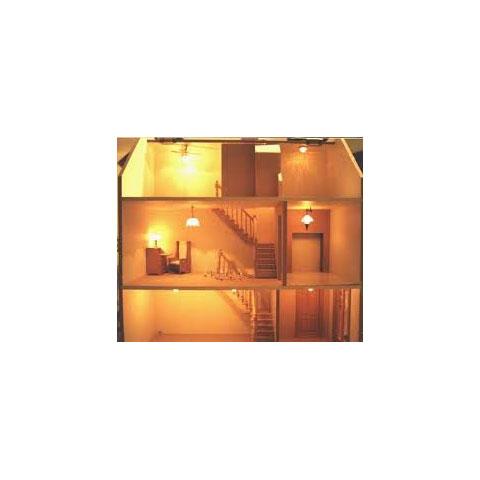How Not to Light Your Home
When it comes to décor, lighting is one of the most important aspects of making your home look beautiful. Insufficient light in a room or light in the wrong areas can waste energy and mean that places that need light don’t get it.

#1 Having One Type of Light
For a successfully lit room, you need to have three different types of lighting; ambient, task and accent lighting. Ambient is for general use; task is brighter and more focused for completing certain tasks, such as chopping vegetables or reading; and accent lighting is used to highlight artwork or architectural features.
#2 Recessed Downlights Everywhere
We love downlights, but even we know that you can have too much of a good thing. While there are lots of reasons to use downlights, using them for everything won’t give you the light you need. They are great for task and directional lighting, but they often don’t put sufficient light on vertical surfaces, and therefore can leave the walls looking dark.
#3 No Task Lights in the Kitchen
While lots of designers and home DIY-ers remember their ceiling lights in the kitchen, many forget that you need light on the countertops too. And when the light is behind you, you’re more likely to slice into your finger because you can’t see a thing. That’s why LED rope lights are perfect. Attach them to the bottom of the upper cabinets and voila, slicing vegetables is a walk in the park, not a stab in the dark.
#4 Lights above the Bathroom Mirror
Whether it’s a downlight or a halogen, never put a light above the bathroom mirror. This creates shadows, making it insufficient for all those ablutions like shaving, tweezing and applying makeup. Lights on either side of the mirror provides even light, minimising any shadows. So if you have a light above your mirror, flank it with sconces at eye level.
#5 Downlights in a High Ceiling
Recessed downlights in a high ceiling provides minimal light. Rooms with high ceilings need to have light with a very focused, tight beam. Even better, wall mounted sconces provide much better light, especially if the ceiling is light because it will reflect off it.
#6 Having One Control
Each type of light should be controlled separately, otherwise it’s pointless having different types. For maximum efficiency and flexibility, each type of light should have its own control. While old school multiple light switches might do for simple un-dimmable lights, lighting controllers like these are much more suitable if you have dimmable lights or many different types of lights to control.

